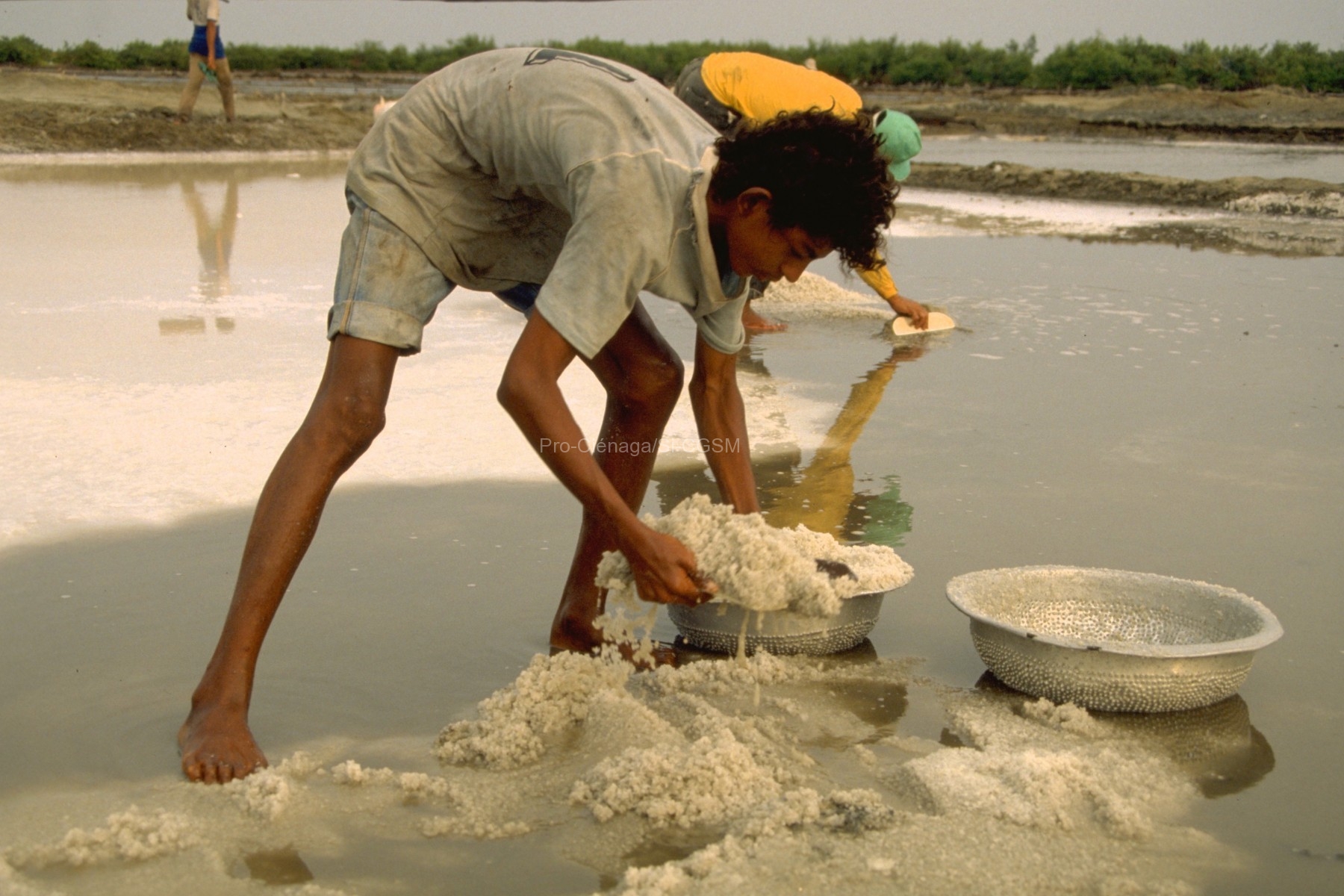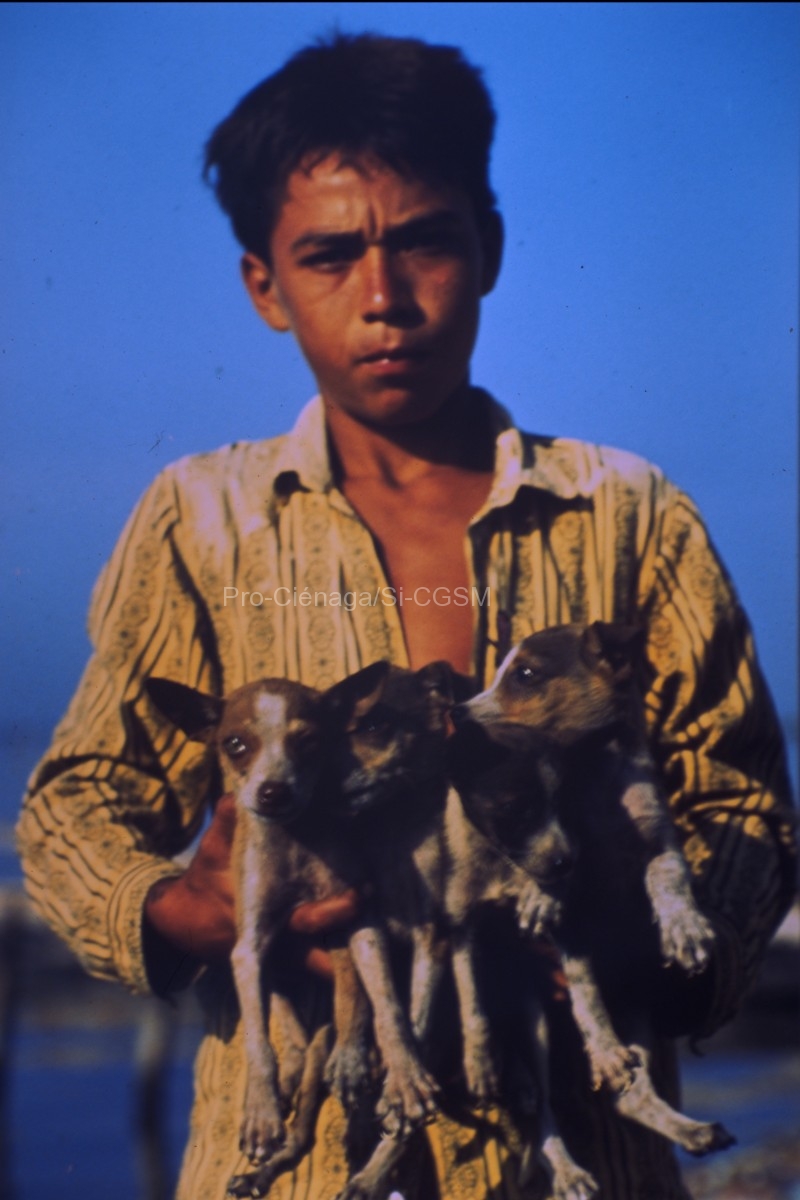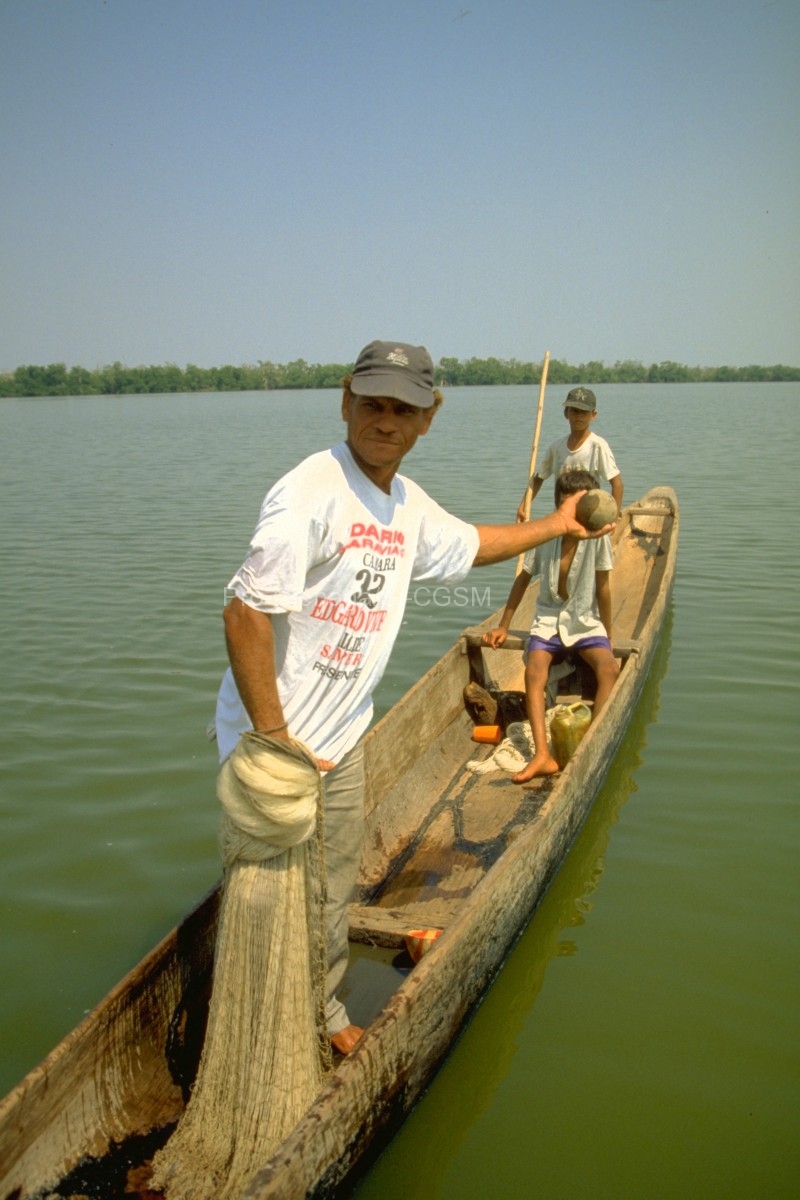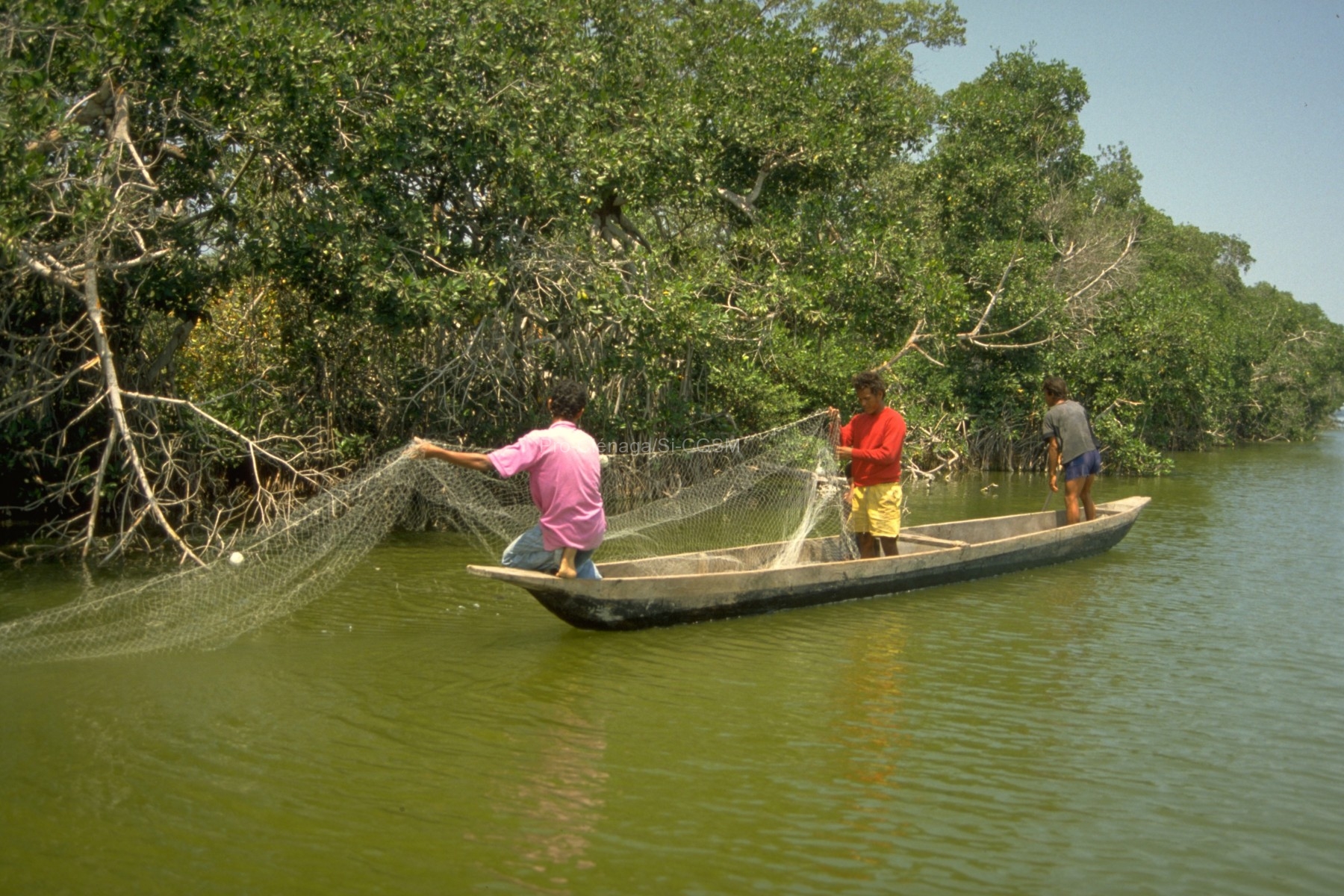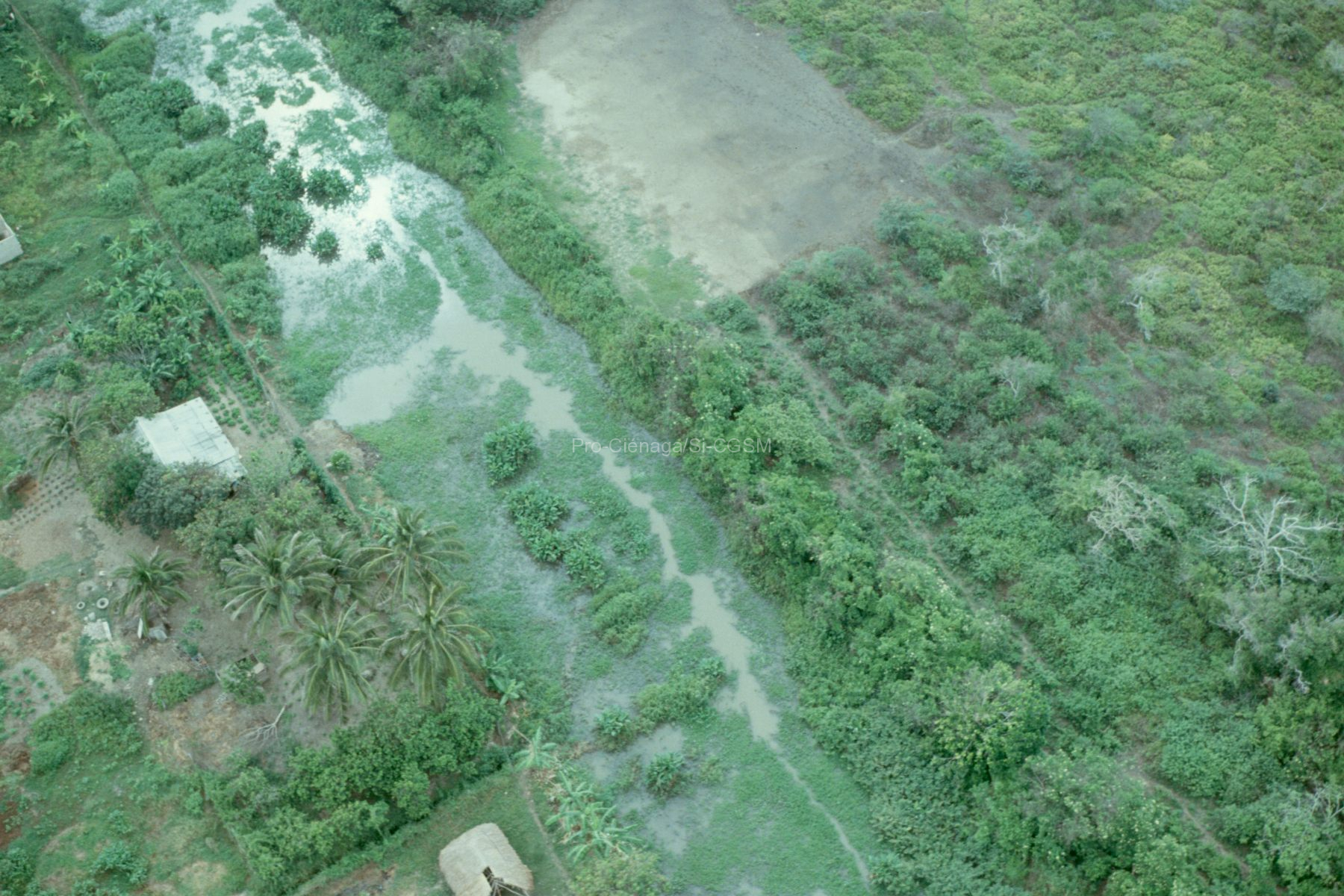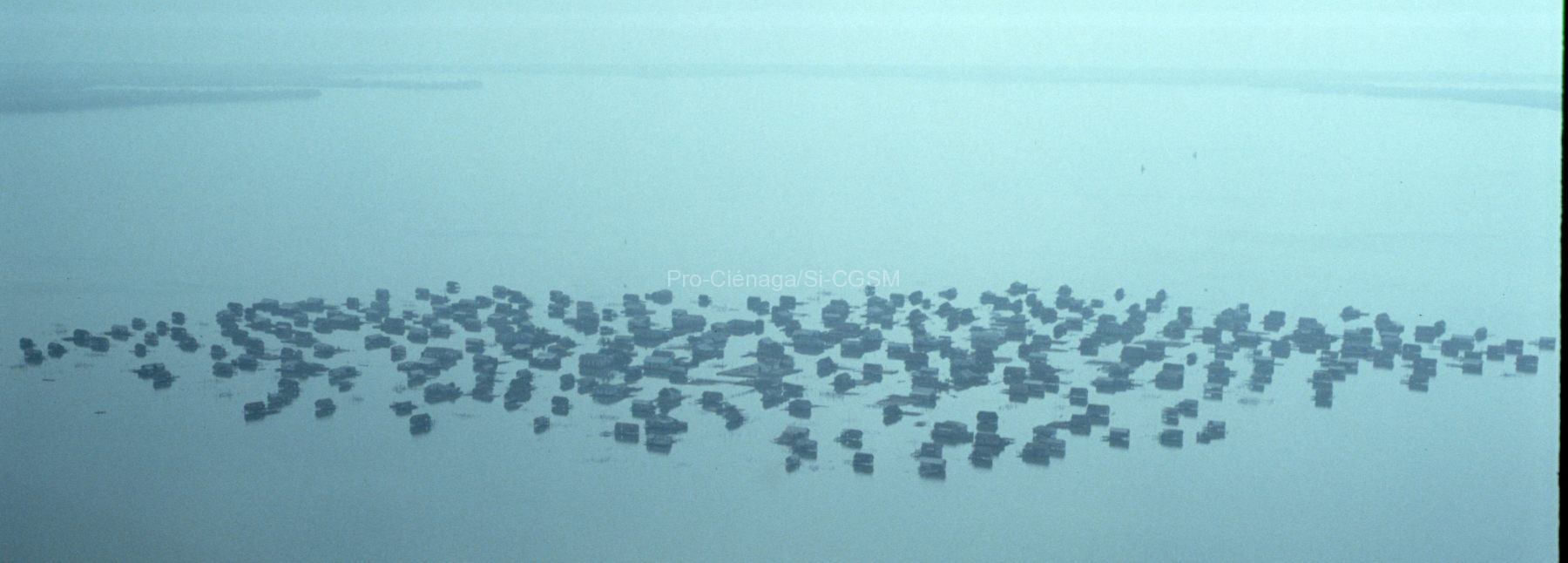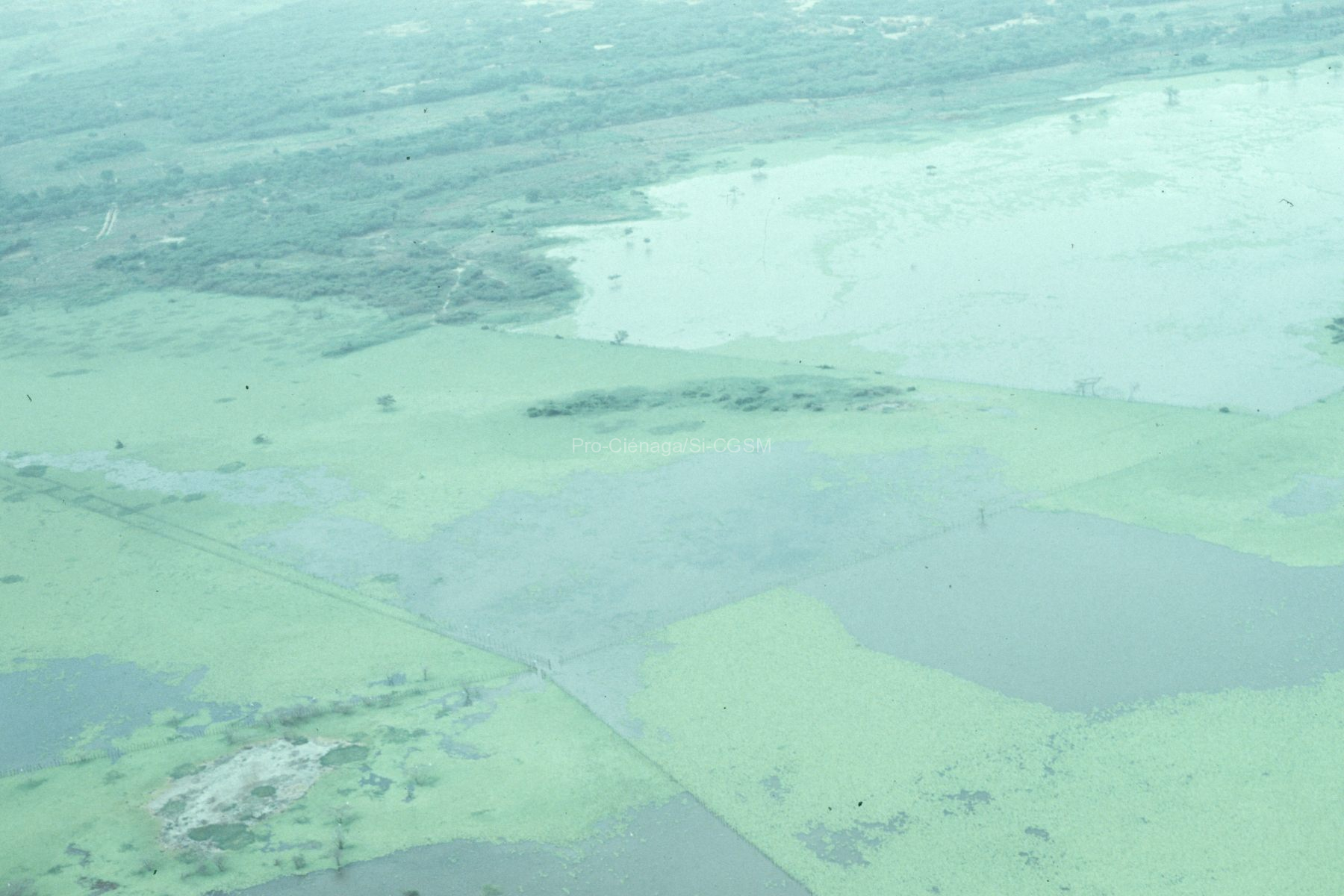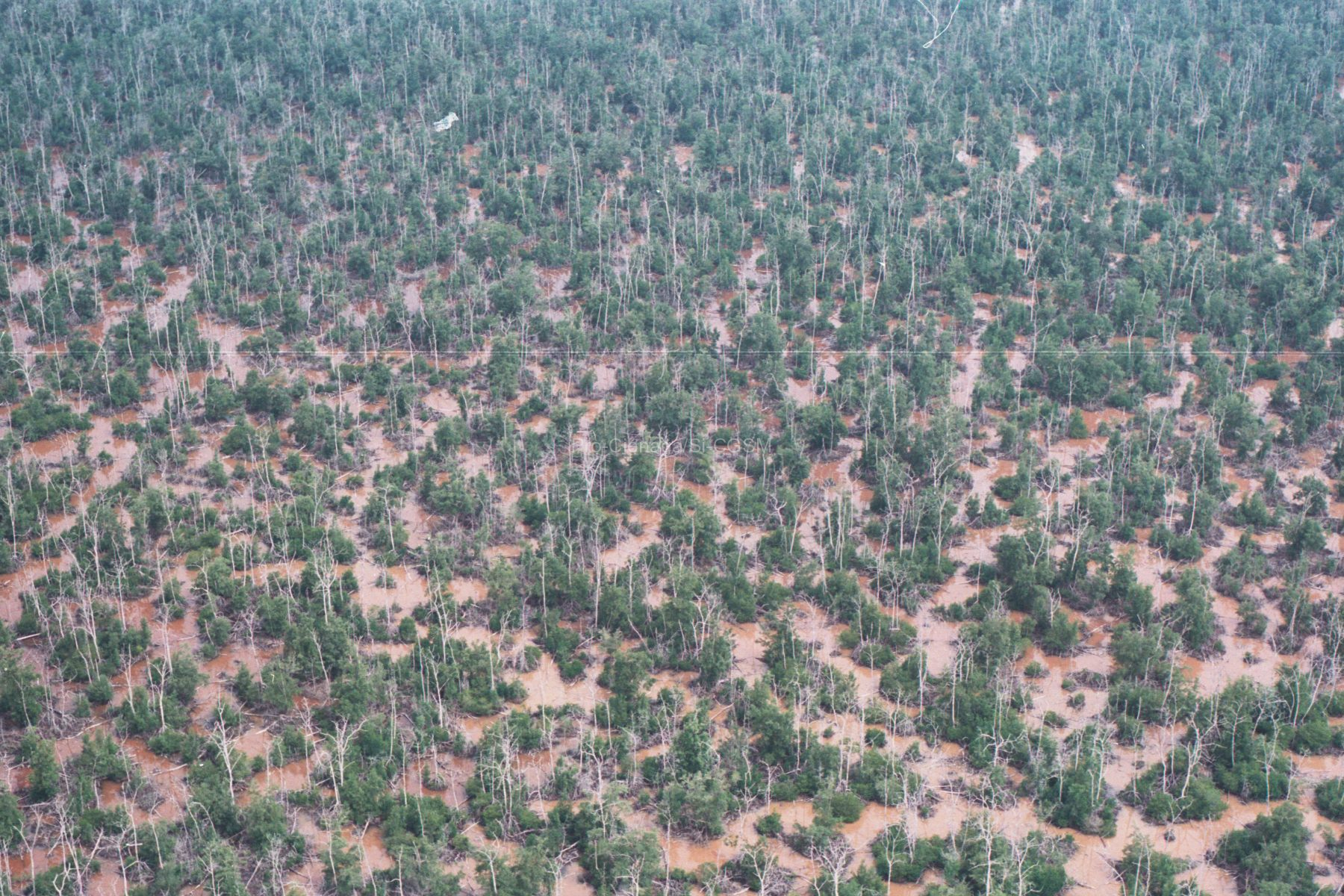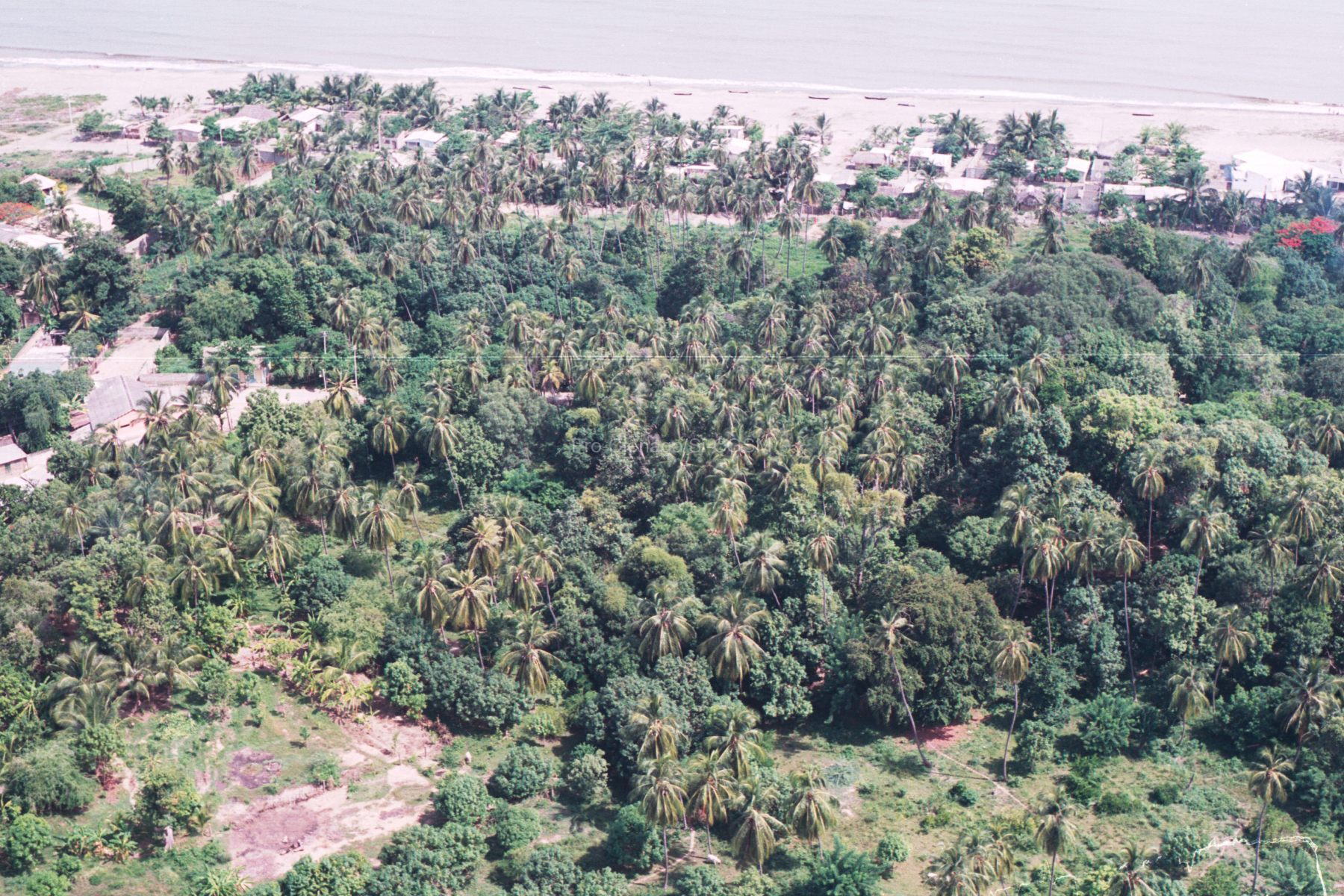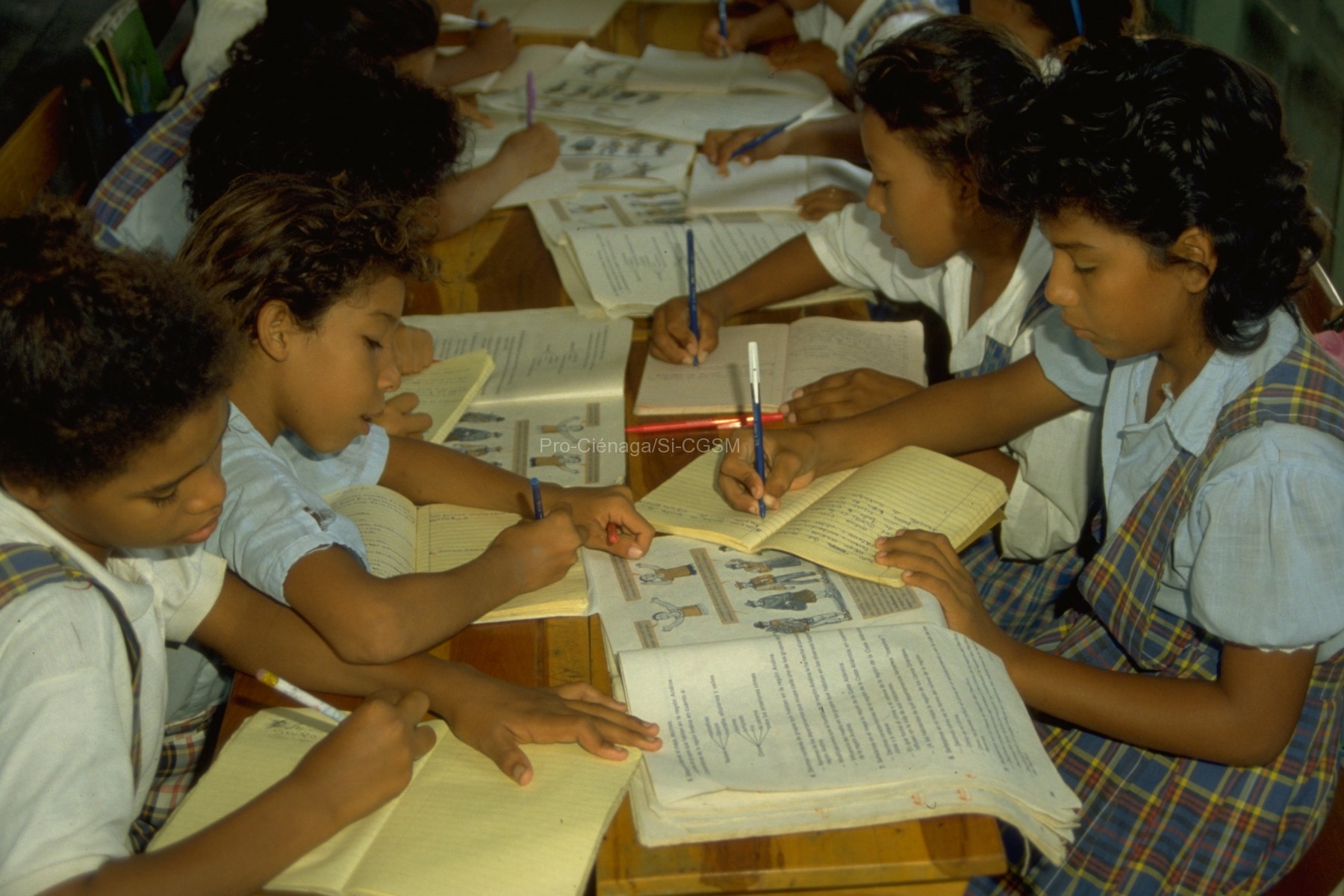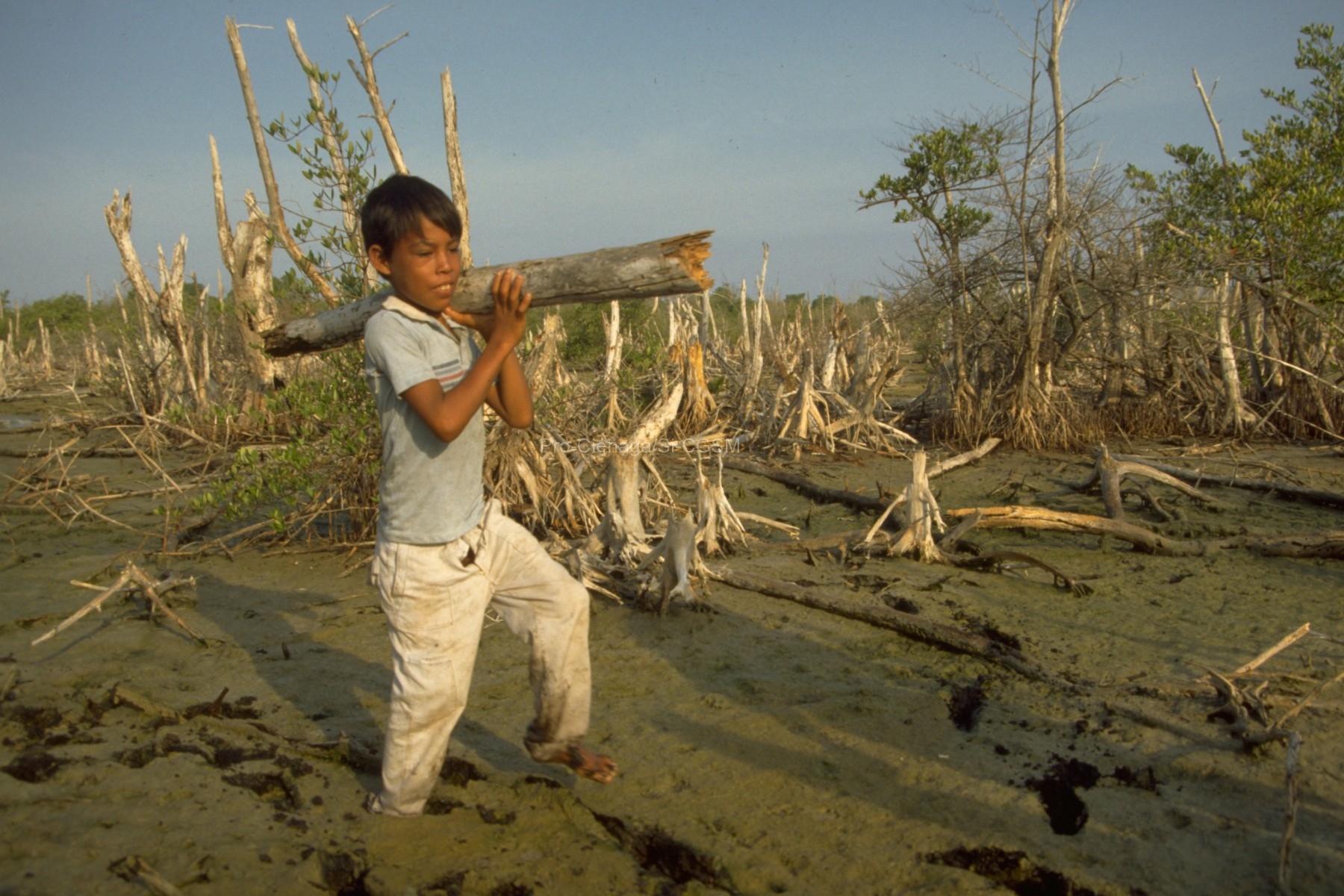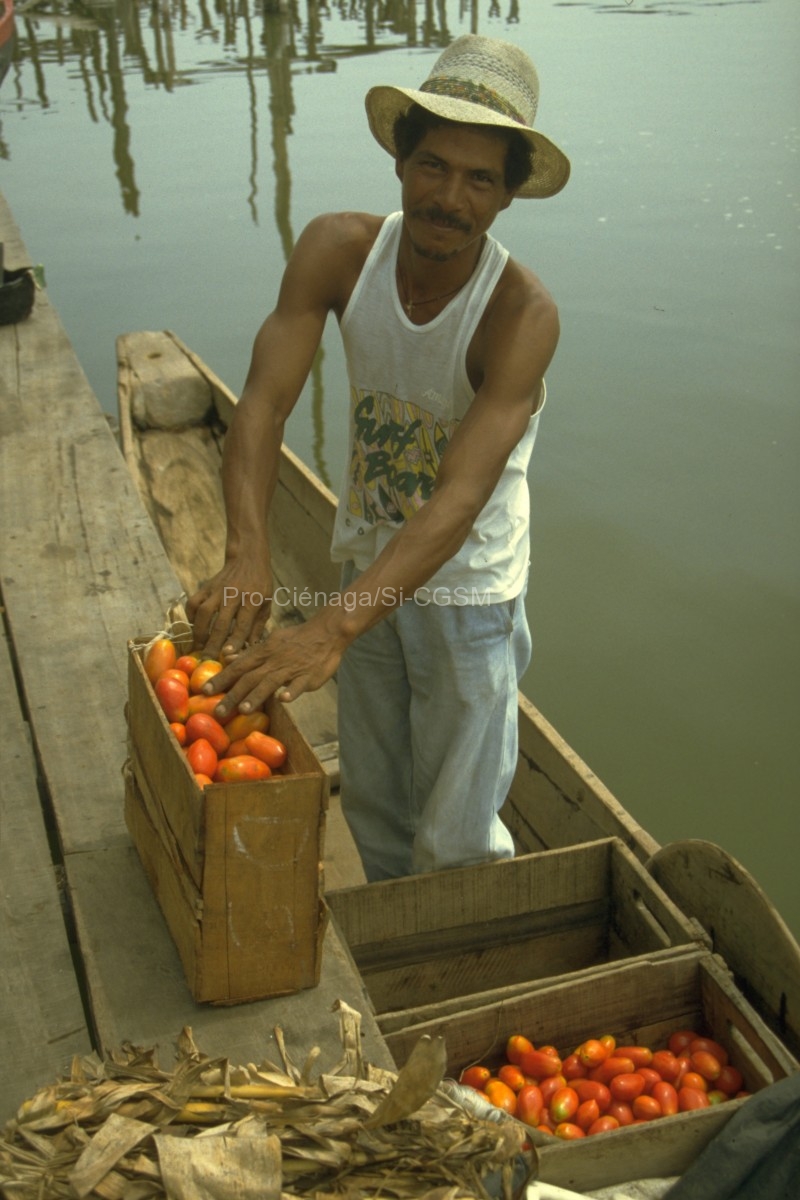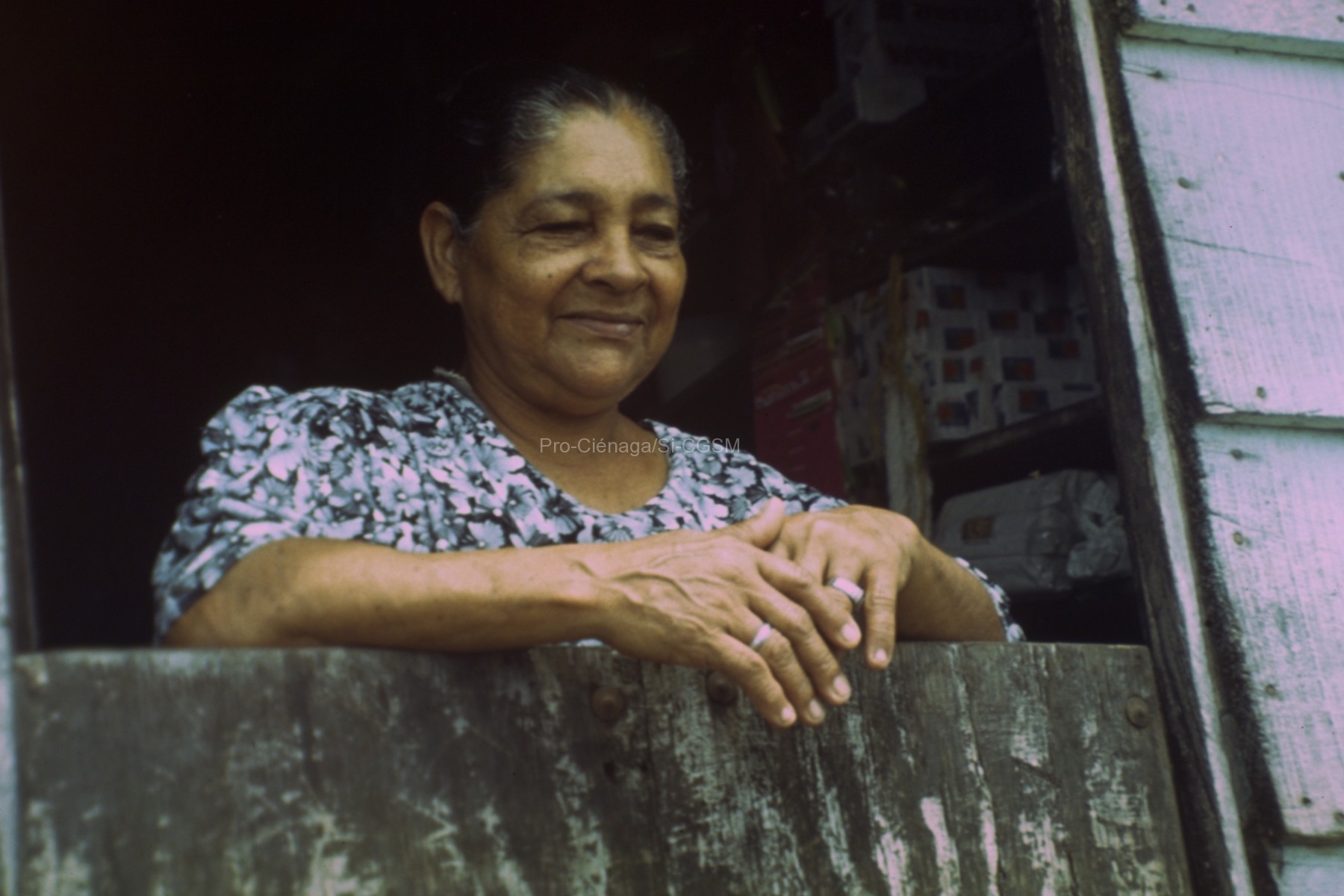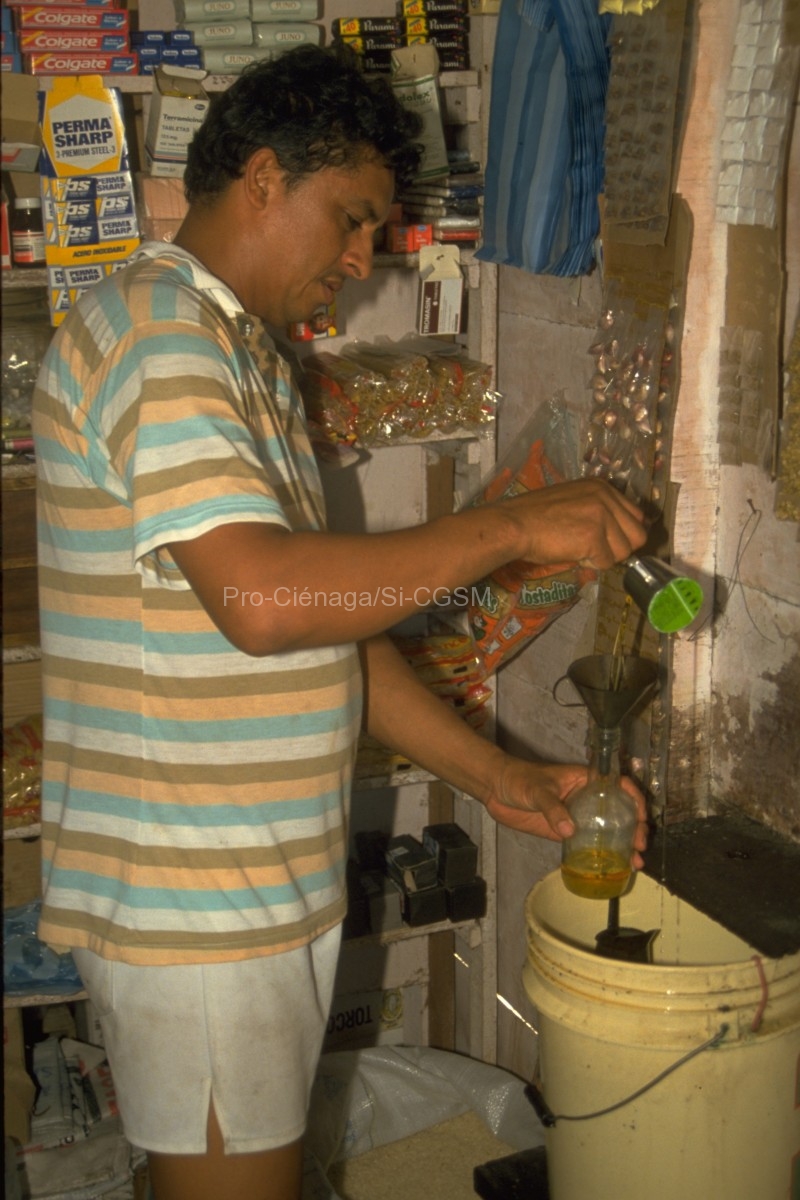https://doi.org/10.1016/S0165-7836(99)00033-8
The striped mojarra Eugerres plumieri is one of the most important fishing resources in the Ciénaga Grande de Santa Marta, the main coastal lagoon in the Colombian Caribbean. Fishing surveys and commercial catch during 1993 and 1994 provided information to estimate the basic population characteristics: biomass, reproduction, growth, mortality, recruitment and yield per recruit. The estimated biomass was 286 t in November 1993, 171 t in March 1994, 112 t in June 1994 and 112 t in August 1994, being largest in the rainy season (September–November). Its distribution is determined by the displacement of the population during the dry and rainy seasons to areas near the rivers and the sea. The reproductive cycle was annual with mature individuals present during the whole year and a maturity peak in the dry season. The growth parameters were estimated by three methods ELEFAN I, SLCA and PROJMAT, quantifying its variability by means of the jackknife technique. The best estimates were obtained by SLCA and ELEFAN I (L∞=41.2 cm, K=0.32 year−1 and L∞=41.9 cm, K=0.30 year−1, respectively). Estimates of the growth index φ′ ranged from 2.5 to 2.8, and were consistent with those reported in the literature. According to the variation of the exploitation rate, Eugerres plumieri may be overexploited in terms of yield and biomass per recruit. It is recommended that the fishing effort and the mean length at capture be reduced.

